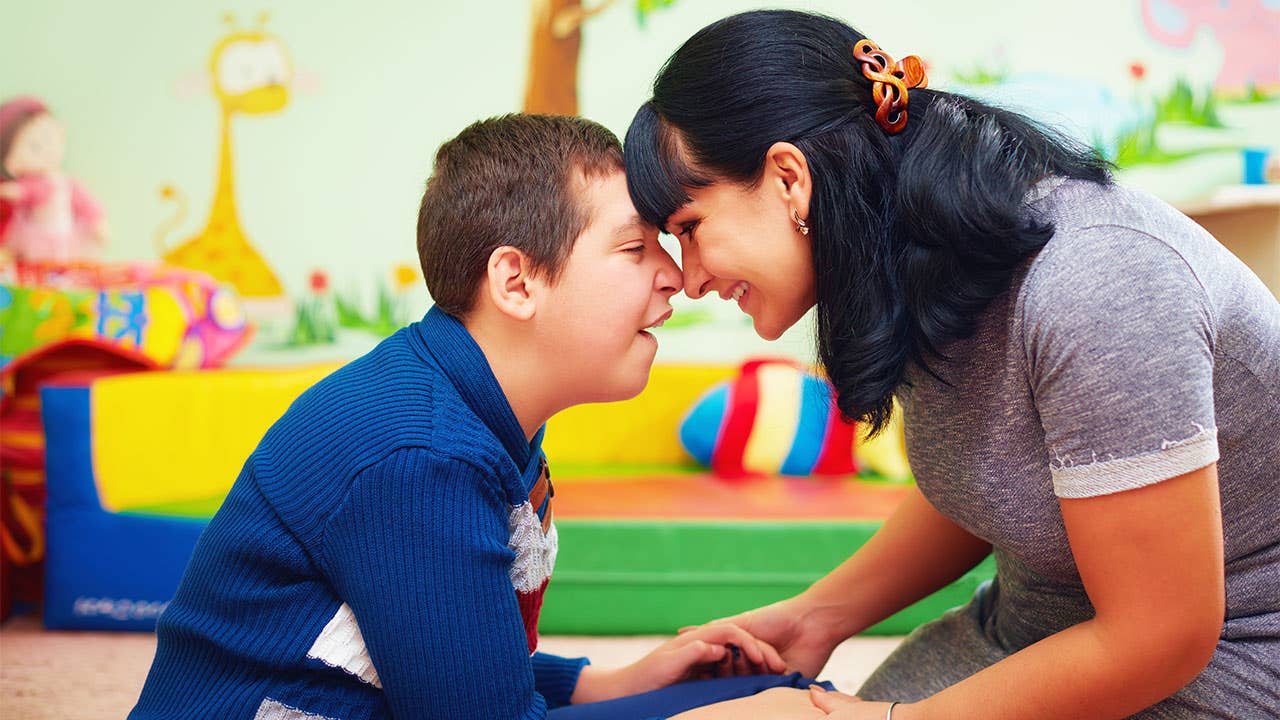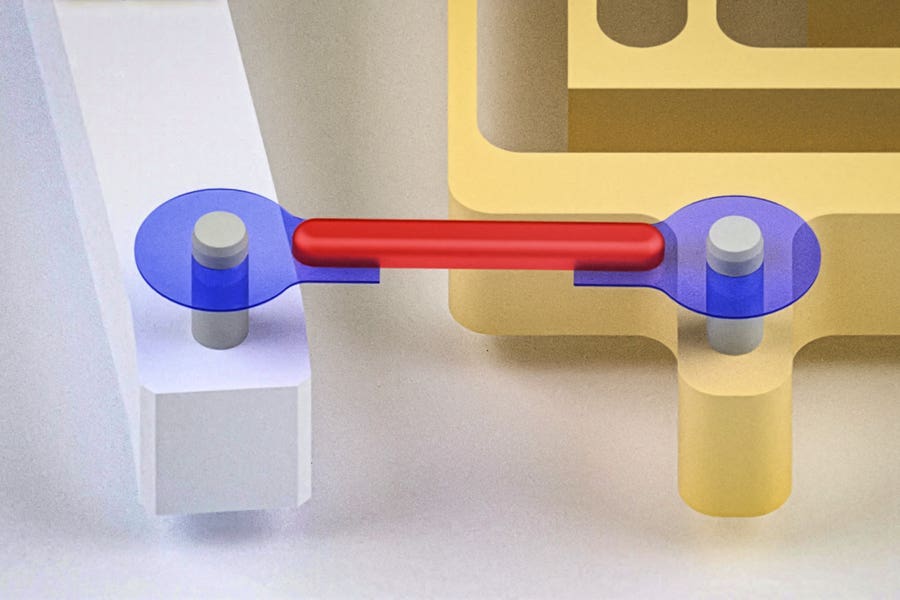Scientists used artificial brains to uncover the cause of Autism Spectrum Disorder
Scientists may have just taken a quantum leap in our understanding of the complex genetic nuances hidden within autism spectrum disorder.

[Sept. 24, 2023: Staff Writer, The Brighter Side of News]
Scientists may have just taken a quantum leap in our understanding of the complex genetic nuances hidden within autism spectrum disorder. (CREDIT: Creative Commons)
In the annals of medical research, the human brain – that uniquely wrinkled, pulsating mass nestled inside our skulls – has long been deemed one of the last frontiers. But scientists may have just taken a quantum leap in our understanding of the complex genetic nuances hidden within it, especially in relation to the autism spectrum disorder (ASD).
Introducing CHOOSE: a revolutionary technique that bridges the fields of genetics, bioinformatics, and neurology. Standing for CRISPR–human organoids–single-cell RNA sequencing, CHOOSE employs brain organoids, also known as mini artificial brains, cultured meticulously in the laboratory. These organoids, in concert with advanced genetic tools, are opening a treasure trove of insights into the hidden genetic origins of ASD.
Brain Organoids: A Glimpse into Brain Development
The conception of organoids has inaugurated a novel era in brain studies. These blobs, reminiscent of something Mary Shelley's Frankenstein might concoct, are not the monstrosities of fiction. In fact, they're derived from stem cells, growing to a petite size of only 4mm (0.15 inches) on a petri dish. And while they might appear modest, they serve as vital models for specific segments of brain development.
Microscopy image and artistic representation of the CHOOSE system in a human brain organoid. (CREDIT: AUSTRIAN ACADEMY OF SCIENCES)
"For decades, our avenues to understand the brain's arcane inner mechanisms were limited to autopsy tissues, brain scans, and animal models," notes a neurologist at a leading institution. "Brain organoids, however, have transformed the landscape. They replicate early stages of our brain's development and embody diverse cell types found in vivo."
That said, these organoids do not present a complete representation. For instance, they lack certain common brain tissues like microglia cells. The research team is quick to emphasize this, signaling a continued reliance on other established methodologies.
Left half: Confocal image of a CHOOSE (CRISPR-human organoids-scRNA-seq) human brain organoid mosaic system showing cells carrying a mutation in red. Right half: a mosaic depiction of different colors representing single cells, each carrying a mutation in one high-confidence autism gene. (CREDIT: Knoblich Lab / IMBA-IMP Graphics)
Unraveling the Complexity of Autism Spectrum Disorder
CHOOSE is radically reshaping how scientists approach the myriad genetic mutations associated with ASD. Using this technique, every individual cell in the lab-cultivated brain hosts a maximum of one mutation for a particular high-risk gene. This precision allows scientists to simultaneously analyze the repercussions of various mutations as each cell proliferates within the organoid.
Chong Li, a molecular and cellular pharmacologist from the Institute of Molecular Biotechnology (IMBA) in Austria, elucidates, "With this high-throughput methodology, we can systematically inactivate a list of disease-causing genes. As the organoids harboring these mutations develop, we discern the ripple effects of each mutation on every cell type's evolution."
By deploying CHOOSE to delve into 36 known high-risk autism genes, the researchers encountered a startling revelation. Although these genes operate via many overlapping molecular mechanisms, their repercussions on distinct cell types can vary significantly. Consequently, specific cell types, particularly neural progenitors – the foundational cells that spawn neurons, our brain's nerve cells – emerge as especially susceptible to these mutations.
"This breakthrough underscores the intricate choreography that underpins our brain's formation," Li asserts, emphasizing the potential avenues for future investigations.
CHOOSE's Broader Implications for Genetic Disorders
While the spotlight has primarily been on ASD, the implications of the CHOOSE system reverberate far beyond. With its robust, meticulously calibrated screening approach, researchers anticipate a broader application of CHOOSE, transcending brain organoids to delve into myriad disease-associated genes.
Related Stories
The research team expresses their optimism: "The ability to ascertain cell type-specific roles in genetic disorders in a scalable, efficient manner will immensely elevate our grasp of disease mechanisms."
Moreover, the advent of the CHOOSE technique could herald tectonic shifts in genetic screening. As organoid technology extends to various human tissues, our mastery over genetic maladies seems poised for exponential growth.
On the Cusp of a Neurological Renaissance
The crux of human cognition, consciousness, and identity resides in the folds and furrows of our brains. With the advent of the CHOOSE system, the enigmatic corridors of the human brain inch closer to disclosure.
Perturbation of ARID1B increases the transition of v-RGCs to early OPCs. (CREDIT: Nature)
The promise held by these organoids and the CHOOSE methodology beckons a renaissance in neurological research. As scientists continue to navigate this exciting terrain, we might soon be on the verge of unlocking secrets that have evaded us for centuries.
And with that, humanity stands on the precipice of truly understanding the brain's intricacies – from the vast mysteries of consciousness to the subtleties of conditions like autism. The future, as they say, looks promising.
Note: Materials provided above by The Brighter Side of News. Content may be edited for style and length.
Like these kind of feel good stories? Get the Brighter Side of News' newsletter.



